The healing process is the same for all wounds, whether the cause is mechanical, chemical, or thermal. Health care professionals discuss the process of wound healing in four specific phases: hemostasis, inflammation, proliferation, and maturation (remodeling).

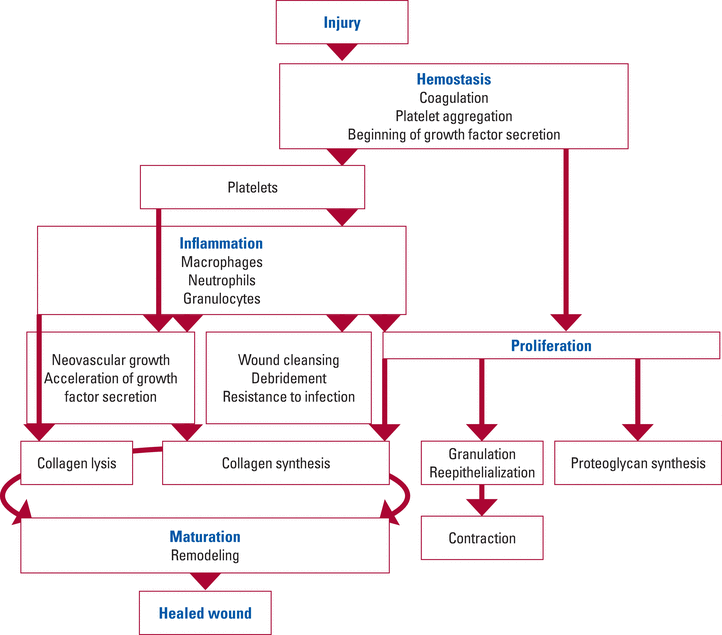
- Hemostasis
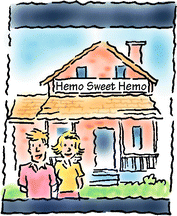
The injury causes an outflow of fluid, both blood and lymphatics, at the site. The body activates intrinsic and extrinsic factors to heal. When tissue is damaged, serotonin, histamine, prostaglandins, and blood from the injured vessels fill the area. Blood platelets form a clot, and fibrin in the clot binds the wound edges together. The inflammation stage is initiated during hemostasis, and this process may last a few days.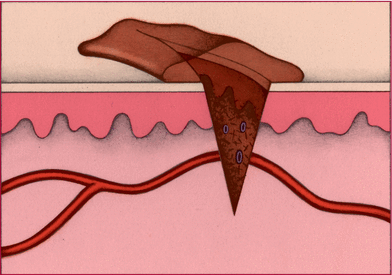
- Inflammation

Lymphocytes initiate the inflammatory response, increasing capillary permeability. Wound edges swell. White blood cells from surrounding vessels move in and ingest bacteria and cellular debris, demolishing the clot and healing the wound. Redness, warmth, swelling, pain, and loss of function may occur. Platelets heavily secrete growth factors during this phase.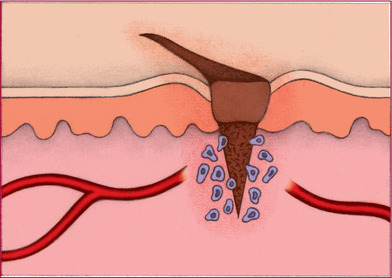
- Proliferation

Adjacent healthy tissue supplies blood, nutrients, fibroblasts, proteins, and other building materials needed to form soft, pink, and highly vascular granulation tissue, which begins to fill and cover the area.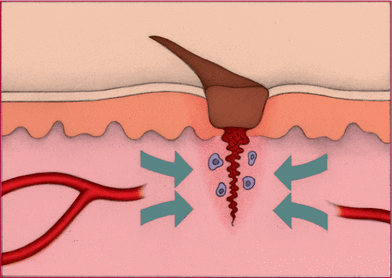
- Maturation

Fibroblasts in the granulation tissue secrete collagen, a gluelike substance. Collagen fibers crisscross the area, forming scar tissue. A new layer of surface cells replaces the layer that was destroyed. New, healthy tissue or granulation tissue appears.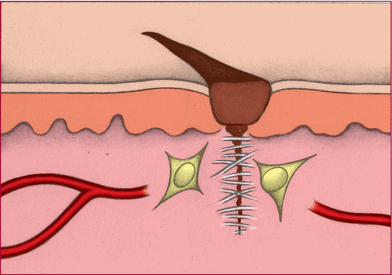
Meanwhile, epithelial cells at the wound edge multiply and migrate toward the wound center. This epithelial tissue will be a light pink “halo” that grows around the edge of the wound until it fills the whole wound with a scar. As it heals, the color will be deposited into the wound that is the same color as the skin.
Over months or years, damaged tissue (including lymphatics, blood vessels, and stromal matrices) regenerates. Collagen fibers shorten, and the scar may diminish in size. Normal function may return, but the scar will only have approximately 80% of the strength of unwounded skin. Alternatively, the scar may hypertrophy, leading to the formation of a keloid and the development of contractures.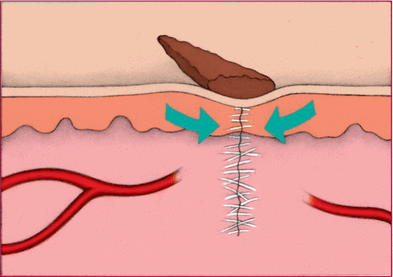
Wound healing: partial- versus full-thickness wounds
Partial-thickness wounds are wounds that involve the top layers of skin specifically the epidermal and dermal layers. Partial-thickness wounds heal by epithelization only.
Full-thickness wounds are wounds that extend through the dermis and into subdermal structures.
The more damage that is done to the tissues, the more the mechanisms of healing that are required. Full-thickness wounds will have scar evidence of healing.
Wound healing: acute versus chronic wounds
Simply put, acute wounds progress along the healing phases in an orderly predictable fashion. The mechanism of injury is easily identifiable in acute wounds, for example surgery or trauma. Delays in wound healing are typically minimal and easily addressed.
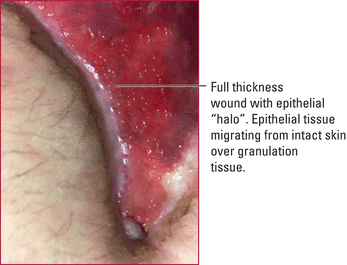
Chronic wounds are wounds that do not follow the healing process in an orderly, timely manner. Sometimes they “fall off” the healing cascade. Due to various factors, these wounds stall in one of the phases and require long-term follow-up.
Debridement may be used to convert a wound from a chronic to acute one. The debridement activates the healing cascade, and normal healing may commence. All systemic factors must be addressed, or the wound will not continue to heal along the cascade.
Full-thickness wound around a colostomy.
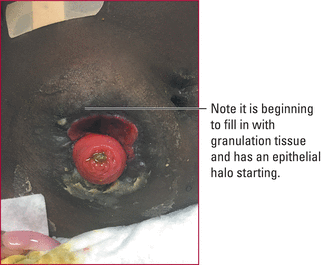
Recognizing wound failure to heal
|
